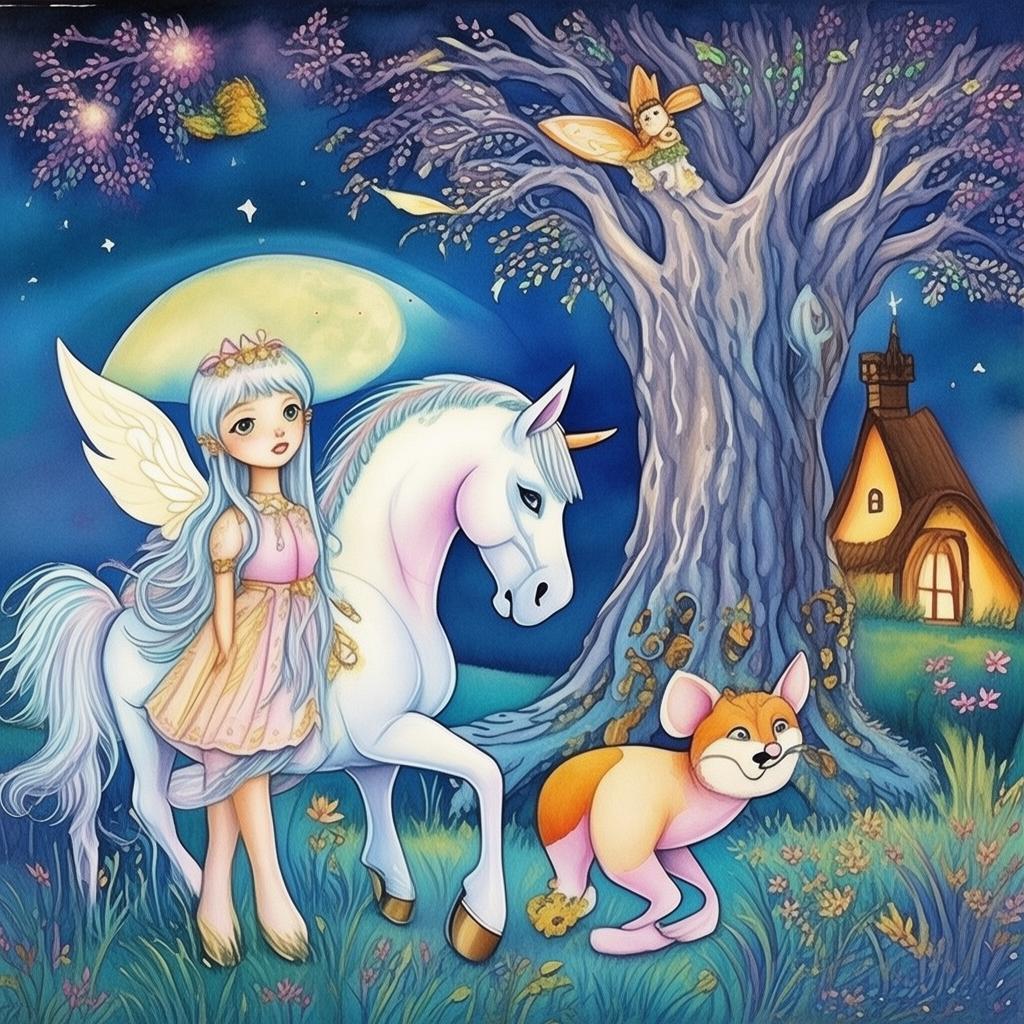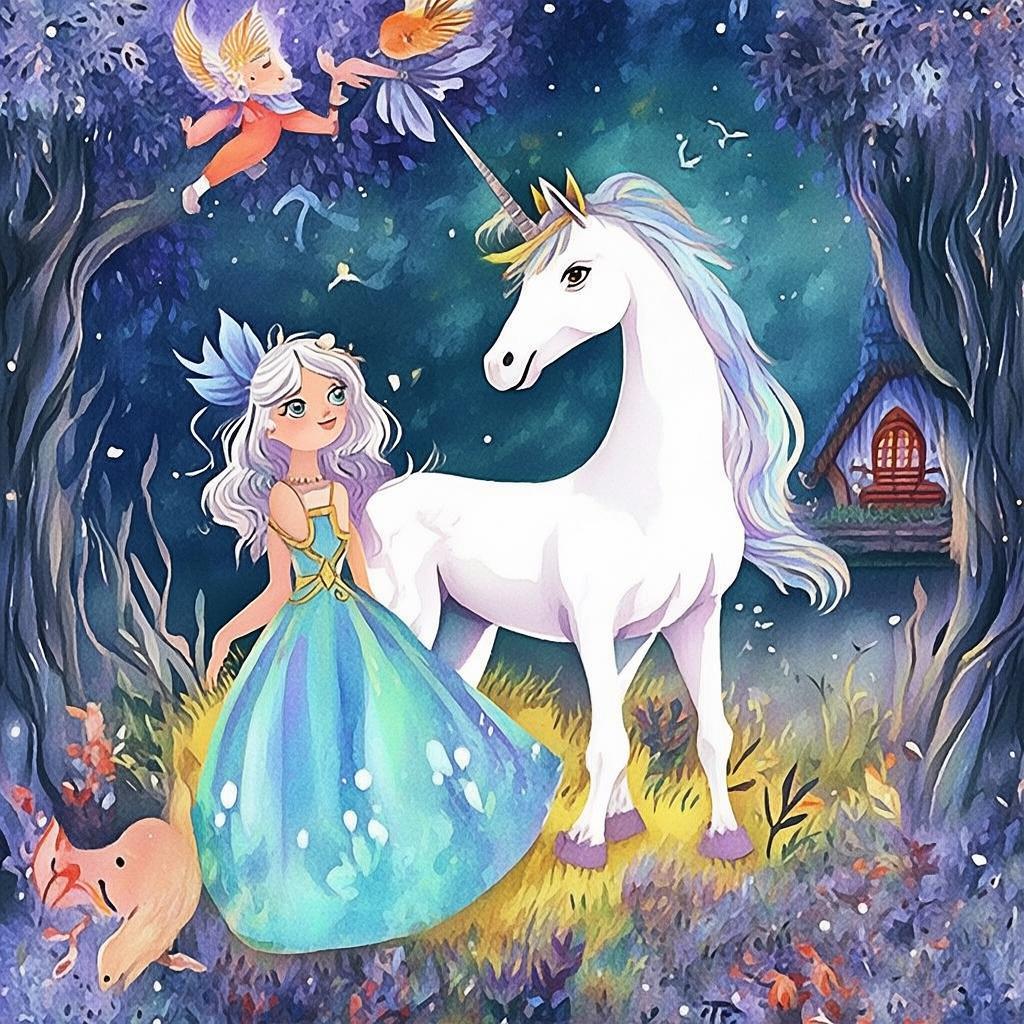The Enchanted Origin of Valhalla: The Lost Kingdom's Secret
Once upon a time, in the heart of a dense, ancient forest, there lay a kingdom known only in whispered tales and forgotten legends. This was the kingdom of Valhalla, a land of enchantment and mystery, a place where the bravest warriors of old were said to have found eternal rest. But the true origin of its name was a secret as old as the kingdom itself, hidden beneath the layers of time and forgotten lore.
In the village at the edge of the forest, there lived a young girl named Elara. Her eyes were as deep and mysterious as the forest itself, and her curiosity was as unquenchable as the flames of the hearth. Elara had heard the stories of Valhalla from the old folks in the village, but to her, they were mere bedtime tales. That was until one fateful day, when she stumbled upon an ancient, cracked book in the attic of her grandmother's house.
The book was filled with old, faded pages, and the ink had long since faded to a faint, ghostly outline. But it was the title that caught Elara's attention: "The Danish Enigma: The Enchanted Origin of a Mythic Kingdom's Name." Intrigued, she opened the book and began to read, and what she discovered would change her life forever.
The book spoke of a time long past, when the land that would become Valhalla was a place of great power and magic. It was ruled by a king named Harald, a man of great wisdom and strength, who had a vision to create a kingdom where the bravest warriors of the land could rest eternally. But Harald was not just a king of men; he was also a master of the ancient runes, and it was these runes that gave the kingdom its name and its power.
The name "Valhalla" was not a random choice; it was a combination of two words: "val," meaning "field," and "halla," meaning "hall." But it was the runes that were inscribed on the walls of the great hall that gave the kingdom its true power. These runes were not just symbols of protection; they were also a key to the kingdom's magic.
Elara read on, her heart pounding with excitement and wonder. The book described how Harald had used the runes to create a barrier around the kingdom, a barrier that kept out the evil that lurked in the shadows. But the barrier was not just a physical one; it was also a magical one, and it required constant attention and care to maintain its power.
As Elara continued to read, she learned that the runes were not just symbols of protection; they were also a way to communicate with the spirits of the ancestors. Harald had used the runes to build a bridge between the living and the dead, allowing the spirits of the brave warriors to pass through and rest in peace.
But the barrier was weakening, and the kingdom was in danger. The evil that had been kept at bay for so many years was beginning to seep through the cracks, and if the barrier fell, the kingdom of Valhalla would be lost forever.
Determined to save the kingdom, Elara knew that she had to learn the runes. She spent days and nights studying the book, memorizing each symbol and its meaning. She practiced writing the runes in the dirt of the village square, and soon she began to see the magic in her hands.
One night, as the moon hung low in the sky, Elara stood before the great hall of Valhalla, her heart pounding with fear and hope. She knew that she had to perform a ritual to restore the barrier, but she was also aware that the ritual would be dangerous. If she failed, she might not return.
With a deep breath, Elara began the ritual, her hands moving in a fluid, rhythmic pattern. The runes glowed in the darkness, and the air around her seemed to hum with energy. She felt the power of the runes flowing through her, and she knew that she was not alone.
As the ritual reached its climax, the barrier around the kingdom began to strengthen. The evil that had been threatening to consume Valhalla was pushed back, and the kingdom was safe once more.

Elara collapsed to the ground, exhausted but elated. She had done it; she had saved the kingdom of Valhalla. As she lay there, the spirits of the ancestors began to gather around her, their voices a gentle whisper of gratitude and admiration.
And so, the legend of Elara, the girl who saved Valhalla, was born. Her name would be etched in the annals of history, a testament to the power of courage, knowledge, and love.
From that day forward, the kingdom of Valhalla thrived, its magic and beauty protected by the ancient runes and the spirit of Elara. And the name "Valhalla" would remain a mystery, a reminder of the enchanted origin of a mythic kingdom's name, a legend that would be told for generations to come.
✨ Original Statement ✨
All articles published on this website (including but not limited to text, images, videos, and other content) are original or authorized for reposting and are protected by relevant laws. Without the explicit written permission of this website, no individual or organization may copy, modify, repost, or use the content for commercial purposes.
If you need to quote or cooperate, please contact this site for authorization. We reserve the right to pursue legal responsibility for any unauthorized use.
Hereby declared.









